Sluggish growth and blindsided by generative AI: Adam Selipsky’s predictable departure from AWS
Adam Selipsky has manned the helm at AWS since 2021, guiding the hyperscaler through a boom time and downturn
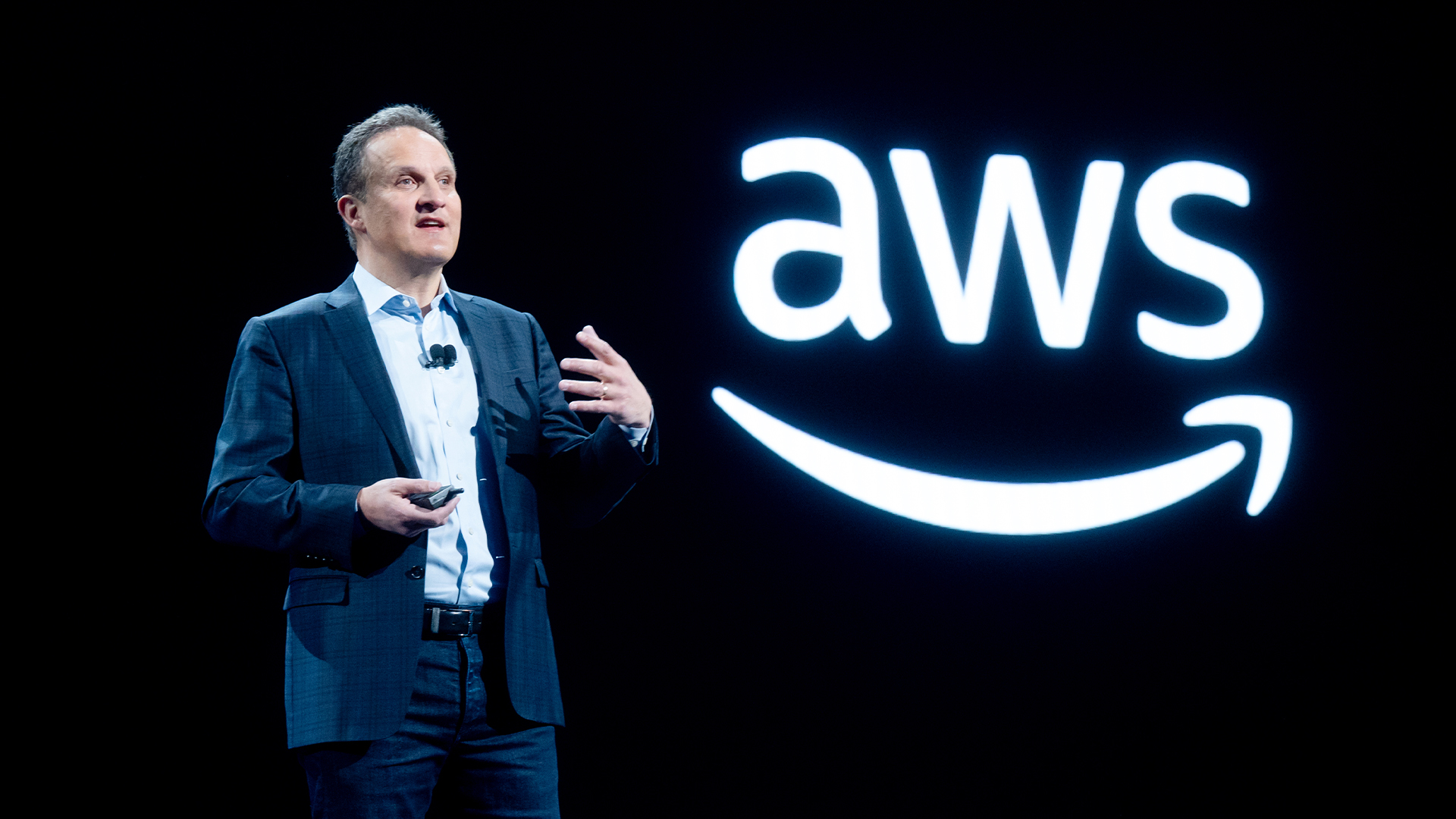

News of Adam Selipsky’s departure from AWS may have shocked some industry stakeholders, but the last 18 months suggest the time is probably right for them to part ways.
Since becoming CEO in mid-2021, Selipsky has steered the company through choppy, often uncharted waters; a pandemic-fueled cloud surge, a marked industry spending decline, the emergence of generative AI, and something of a rebound.
AWS, like its counterparts in the global cloud computing industry, was soaring during the pandemic-era highs, recording solid quarterly revenue growth and maintaining its position as the dominant hyperscaler by market share.
But growth slowed significantly for AWS in 2023. In mid-2022, the cloud giant recorded 33% growth – by Q3 the following year, this had plummeted to just 12%. A sizable – and concerning – downturn for the firm.
Tracy Woo, principal analyst at Forrester, said Selipsky’s departure wasn’t a major shock when viewed through this lens.
“Selipsky’s departure is unsurprising. AWS has seen slower growth under his tenure,” she says.
AWS wasn’t alone in this experience, Woo noted. Both Microsoft and Google Cloud fell victim to the sharp spending plunge across the industry as enterprises rode a wave of macroeconomic challenges.
Sign up today and you will receive a free copy of our Future Focus 2025 report - the leading guidance on AI, cybersecurity and other IT challenges as per 700+ senior executives
“Slow cloud growth isn’t necessarily a Selipsky issue but a cloud market issue,” Woo added. “All of the major cloud providers have seen slowed growth in the past 18 months.
“A tech recession downturn and the frenzied ‘cloud first’ mentality switching to a ‘cloud as necessary’ mindset slowed a lot of cloud spend from the hyper growth we were used to seeing the previous five years.”
Microsoft’s AI surge caught AWS and Selipsky off guard
For AWS, the issue wasn’t just sluggish revenue growth, though. Since the advent of generative AI, sparked by OpenAI’s launch of ChatGPT under the watchful eye of Microsoft, priorities have changed. Microsoft’s partnership with OpenAI gave it a distinct advantage over its main hyperscale rivals, with both AWS and Google Cloud taken by surprise.
At AWS re:Invent 2023, Selipsky used his keynote to poke fun at well-publicized issues surrounding AI safety and recent turmoil at OpenAI with CEO Sam Altman’s ousting and swift return.
While jokes at the expense of competitors are somewhat expected, it did point toward a degree of insecurity at the hyperscaler. Microsoft soared past the trillion-dollar market cap mark in 2023 and recorded impressive growth toward the latter stages of the year; all of which was fueled by interest in generative AI.
Lee Sustar, principal analyst at Forrester, said this raises serious questions about how AWS can keep pace with Microsoft’s growing dominance in the generative AI space.
RELATED WHITEPAPER
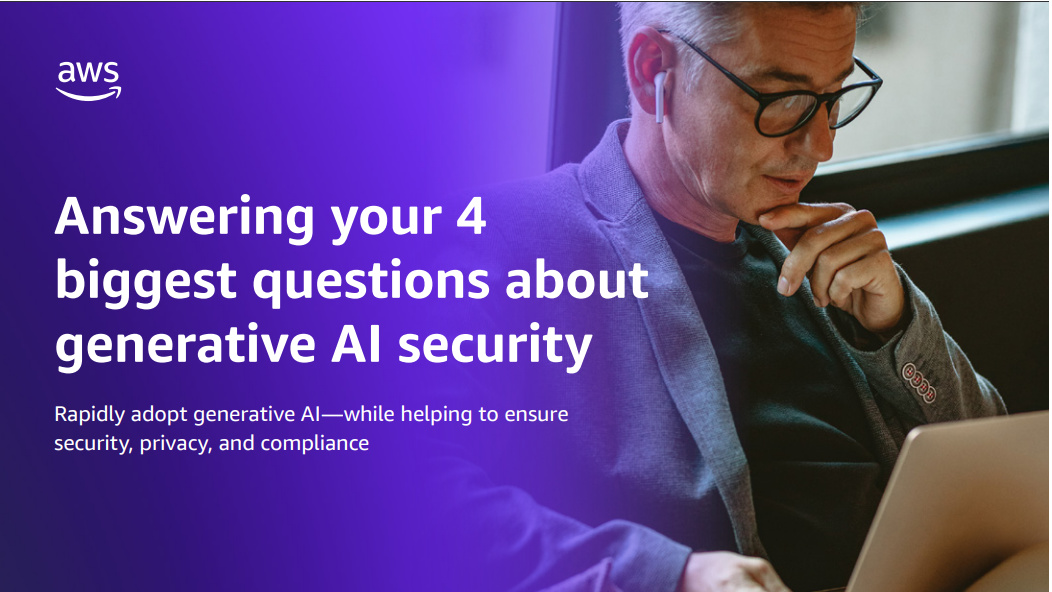
It still has the financial clout and the coveted market share, but failure to innovate at pace and match Microsoft in this regard could cause serious problems down the line.
“AWS remains the market share leader by a long way, but the Microsoft/OpenAI combination has given Azure the initiative on bringing to market AI services as well as AI-infused versions of existing services,” he said.
“That poses a strategic question for AWS – do they mimic Azure’s approach by moving up the technology stack or stick with the ‘go built it’ approach that’s been so successful.”
Google is stirring, and AWS should be wary
While AWS has been sluggish to respond to Microsoft’s current dominance, Google has not.
Across late 2023 and into early 2024, the company made great strides in priming itself for a major battle with Microsoft. The launch of its powerful, multimodal Gemini models and the rebranding of Duet AI and Bard under this banner showed early signs that Google was stirring.
At Google Cloud Next in March 2024, the hyperscaler set the stage for this pending clash and appears to have fully articulated its strategy. With this in mind, AWS could find itself fighting a rearguard action on two fronts.
Sustar noted that this rapidly changing environment likely played a role in Selipsky’s departure. AWS may have come to the conclusion that new blood is needed to lead the charge in the year ahead.
“Google Cloud’s steady advance in the enterprise market – in part due its data, analytics and AI capabilities – adds to the competitive pressure,” Sustar said. “So far, AWS hasn’t signaled any shift in its approach – but the question of how to move forward likely figured in Selipsky’s exit.”
AWS has made positive strides
It’s not all bad news for AWS, however, with the company having made some significant progress in its generative AI strategy over the last 18 months.
The launch of Amazon Bedrock, which allows users to access a range of in-house and third-party large language models (LLMs), has been a roaring success thus far.
In July last year, just months after Bedrock launched, Swami Sivasubramanian, VP for database, analytics, and machine learning at AWS, said the company had already drawn “thousands of customers”.
AWS re:Invent 2023 saw the firm further outline plans for its generative AI offerings, with the launch of Amazon Q, its own AI assistant akin to Microsoft Copilot.
This was hailed as a highly positive move and by all accounts at the time was highlighted as a key differentiator for the firm in keeping pace with Microsoft. But Google Cloud has also made a foray into this space with the launch of Gemini Code Assist and new Vertex AI Agents.
Selipsky, to his credit, appears to have rallied the troops at AWS in a similar fashion to Sundar Pichai’s efforts in early 2023 to take on Microsoft. But so far neither have shown signs of inflicting a major, industry-changing blow.
AWS is confident it’s in safe hands
While it faces a major challenge in contending with both Microsoft and Google on the generative AI front, morale appears to be high at AWS.
In Q1 2024, the firm recorded 17% growth year-over-year, suggesting something of a rebound. Amazon CEO Andy Jassy’s comments on Selipsky’s departure also point to an optimistic outlook moving ahead.
“Adam leaves AWS in a strong position, having reached a $100 billion annual revenue run rate this past quarter, with YoY revenue accelerating again,” he said.
Selipsky’s successor, Matt Garman, currently serves as SVP for AWS sales and marketing and has been at Amazon for around 19 years. Jassy specifically highlighted the fact Garman has an intimate knowledge of the firm that will stand him in good stead.
Crucially, this could be exactly what AWS needs to press home its market advantage and mount a real challenge.

Ross Kelly is ITPro's News & Analysis Editor, responsible for leading the brand's news output and in-depth reporting on the latest stories from across the business technology landscape. Ross was previously a Staff Writer, during which time he developed a keen interest in cyber security, business leadership, and emerging technologies.
He graduated from Edinburgh Napier University in 2016 with a BA (Hons) in Journalism, and joined ITPro in 2022 after four years working in technology conference research.
For news pitches, you can contact Ross at ross.kelly@futurenet.com, or on Twitter and LinkedIn.
-
 Trump's AI executive order could leave US in a 'regulatory vacuum'
Trump's AI executive order could leave US in a 'regulatory vacuum'News Citing a "patchwork of 50 different regulatory regimes" and "ideological bias", President Trump wants rules to be set at a federal level
-
 TPUs: Google's home advantage
TPUs: Google's home advantageITPro Podcast How does TPU v7 stack up against Nvidia's latest chips – and can Google scale AI using only its own supply?
-
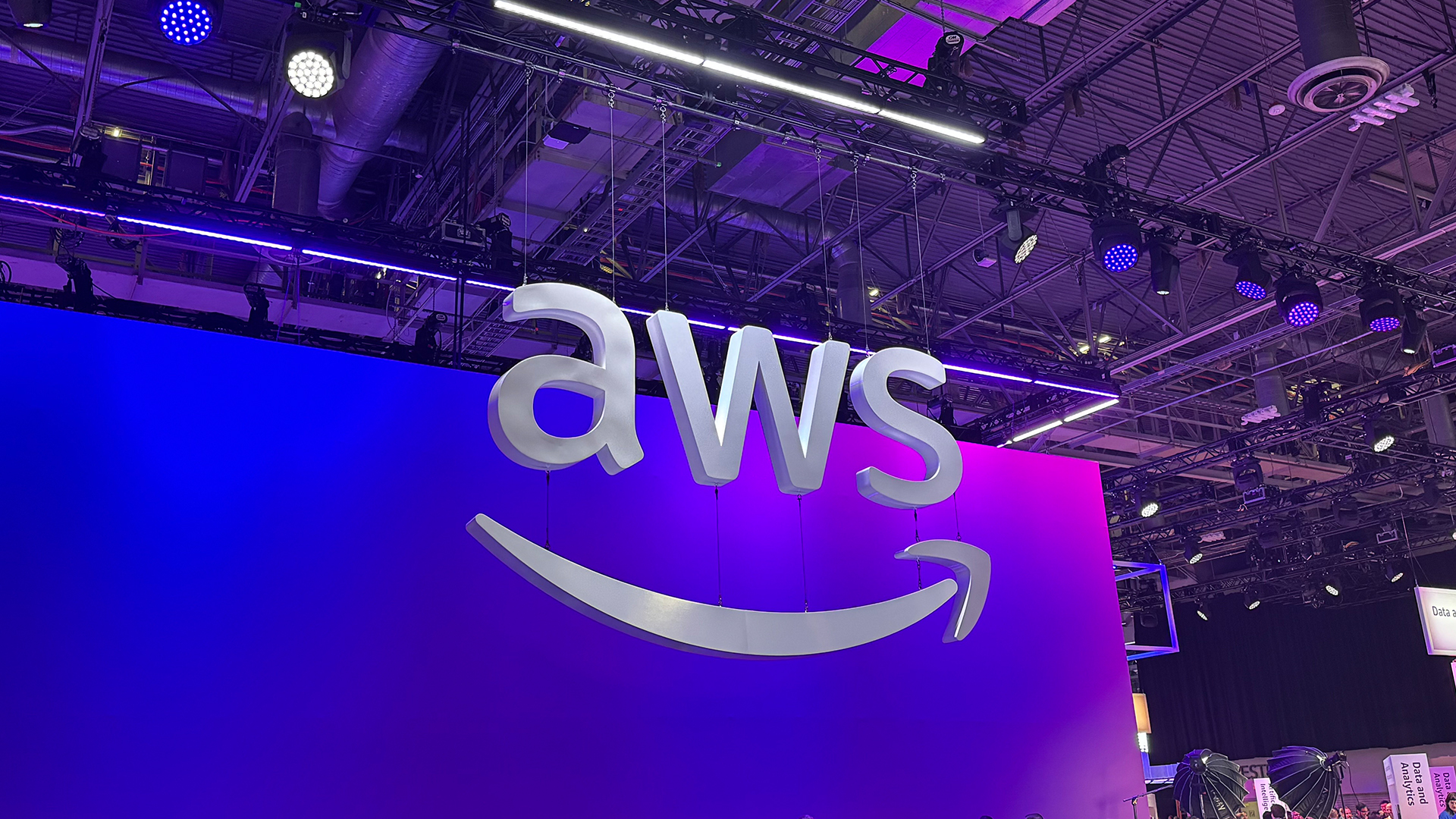 AWS re:Invent 2025 live: All the news and announcements from day two in Las Vegas
AWS re:Invent 2025 live: All the news and announcements from day two in Las VegasLive Blog Keep tabs on all the latest announcements from day-two at AWS re:Invent 2025 in Las Vegas
-
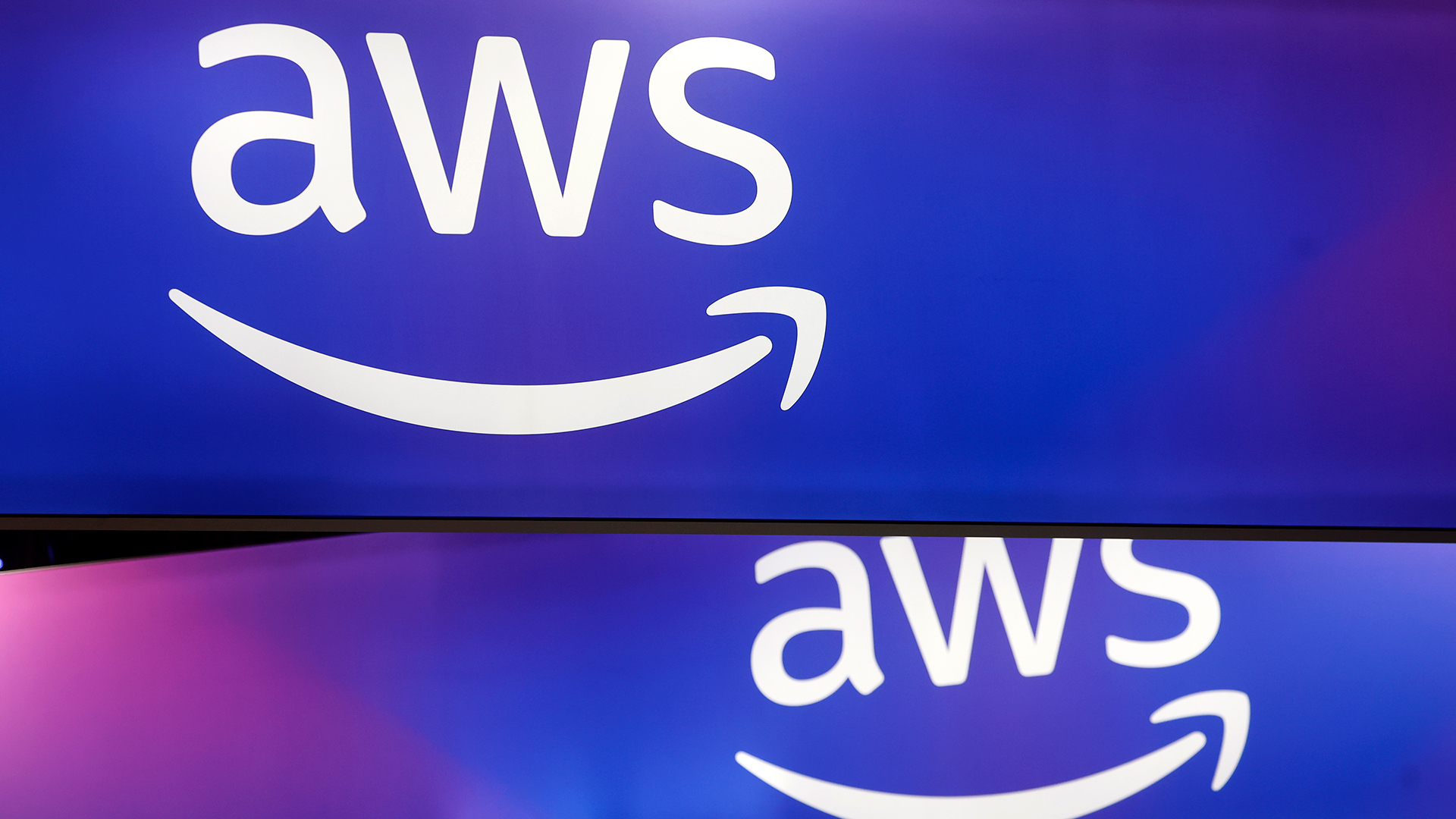 AWS has a chance to show its mettle at re:Invent 2025
AWS has a chance to show its mettle at re:Invent 2025Analysis The hyperscaler will be betting big on its AI stack and infrastructure credentials
-
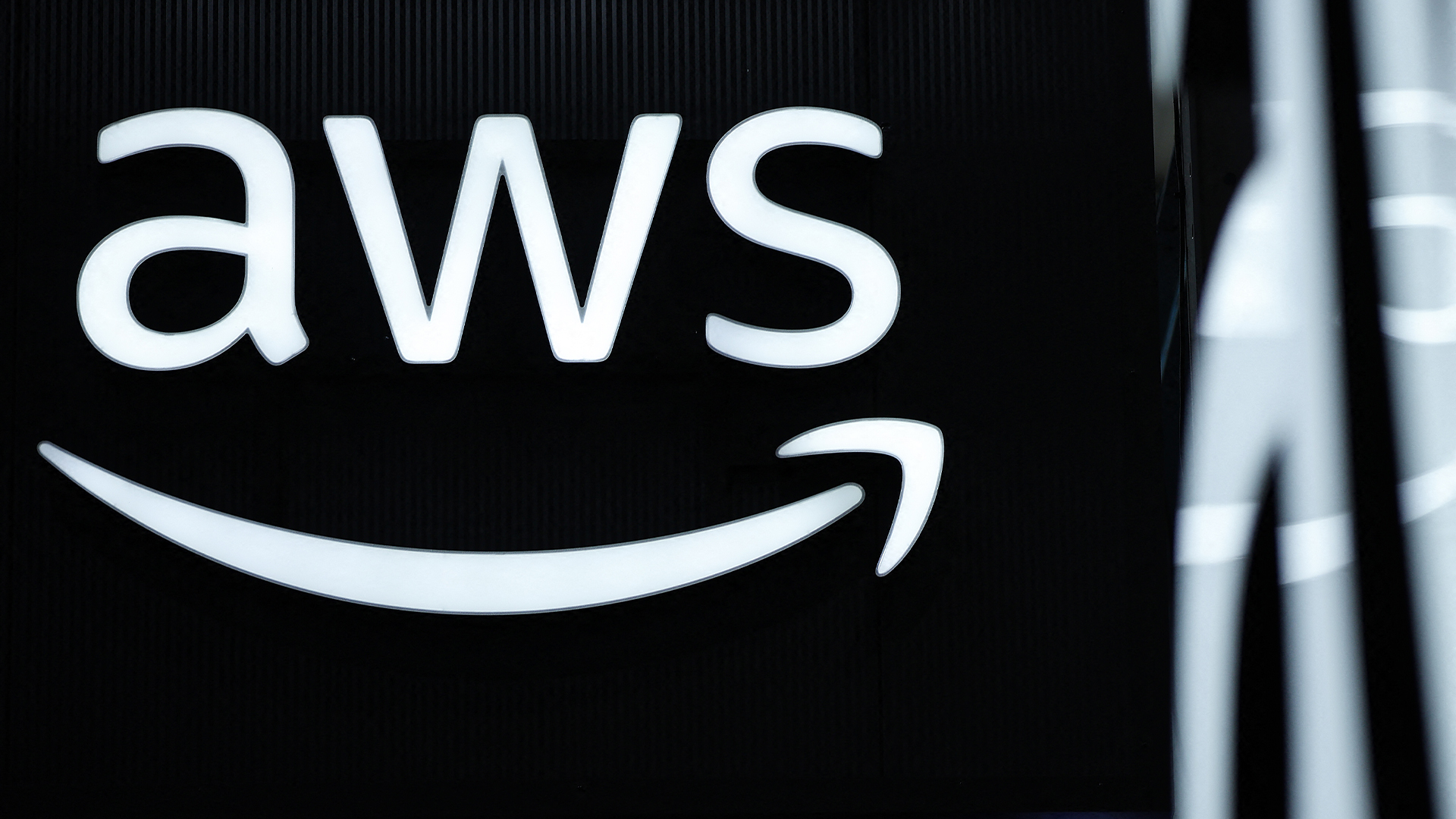 AWS pledges $50 billion to expand AI and HPC infrastructure for US government clients
AWS pledges $50 billion to expand AI and HPC infrastructure for US government clientsNews The company said an extra 1.3 gigawatts of compute capacity will help government agencies advance America’s AI leadership
-
 Dell Technologies targets private cloud gains with new Azure Local features
Dell Technologies targets private cloud gains with new Azure Local featuresNews Dell and Microsoft are teaming up to offer private cloud on Azure Local for a simplified hybrid solution
-
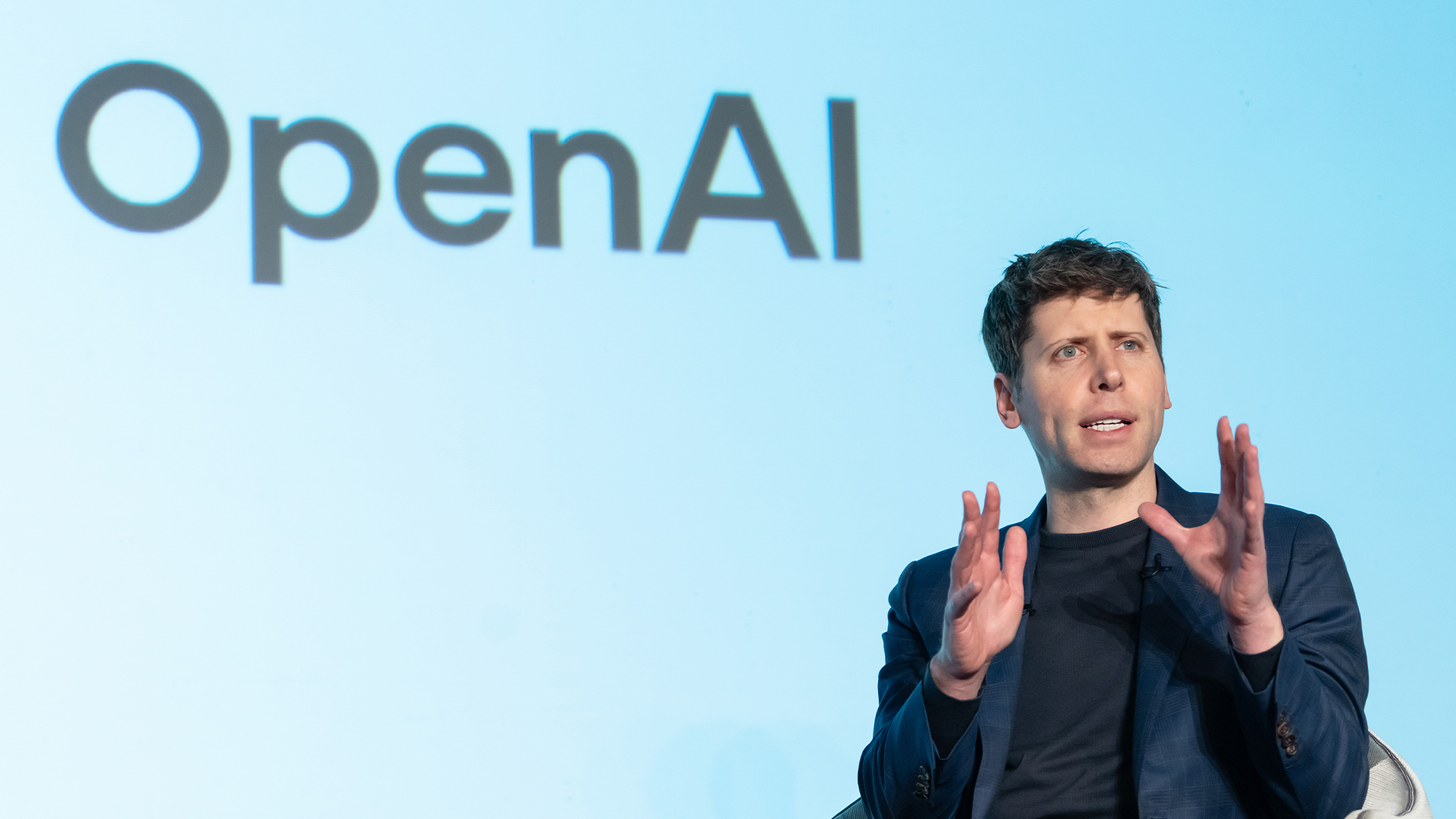 OpenAI just signed a bumper $38bn cloud contract with AWS – is it finally preparing to cast aside Microsoft?
OpenAI just signed a bumper $38bn cloud contract with AWS – is it finally preparing to cast aside Microsoft?News The move by OpenAI doesn’t signal an end to its long-running ties with Microsoft
-
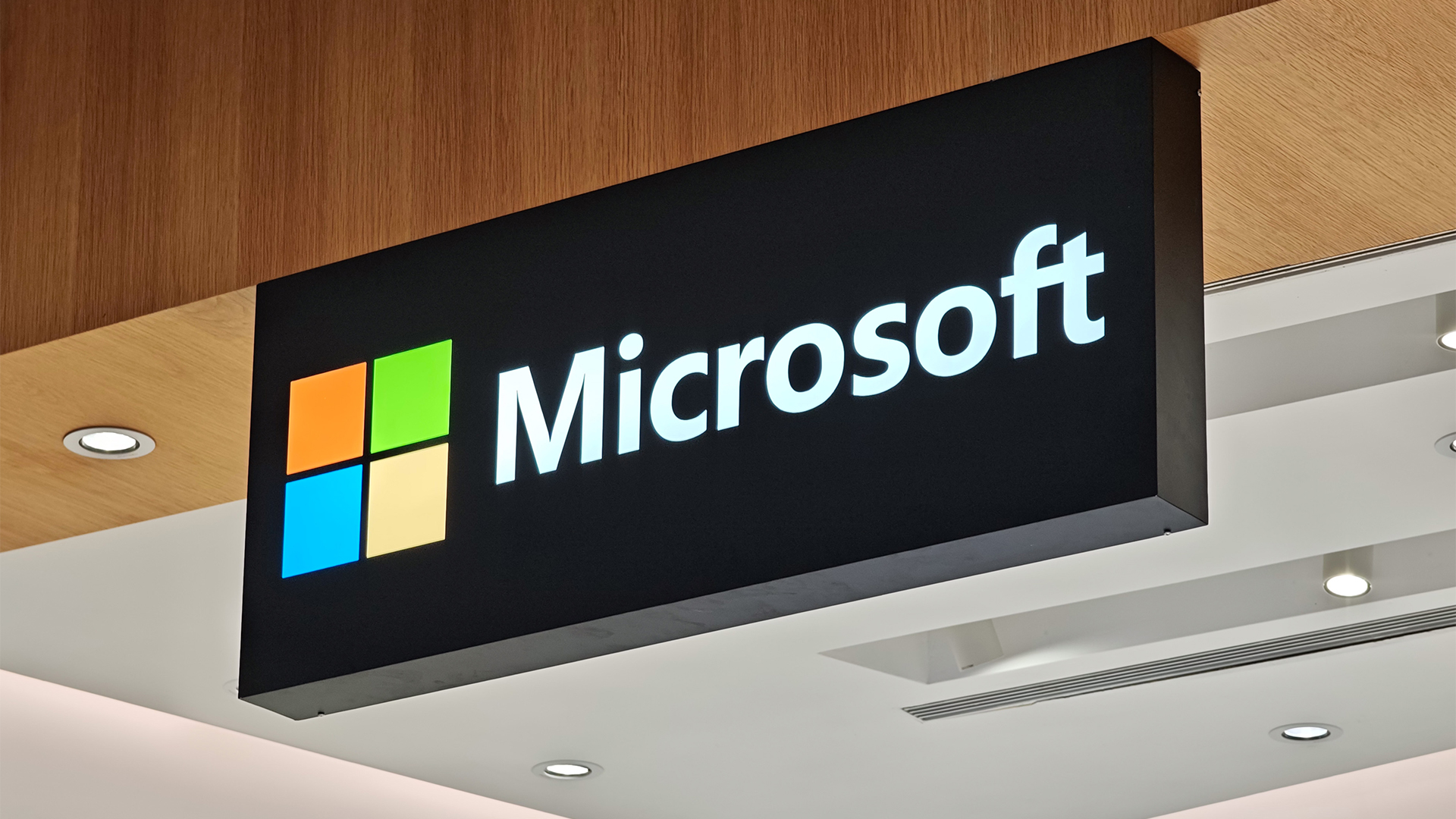 Microsoft’s new ‘marketplace’ lets customers pick and choose cloud, AI solutions
Microsoft’s new ‘marketplace’ lets customers pick and choose cloud, AI solutionsNews The Microsoft Marketplace looks to streamline customer access to AI and cloud services
-
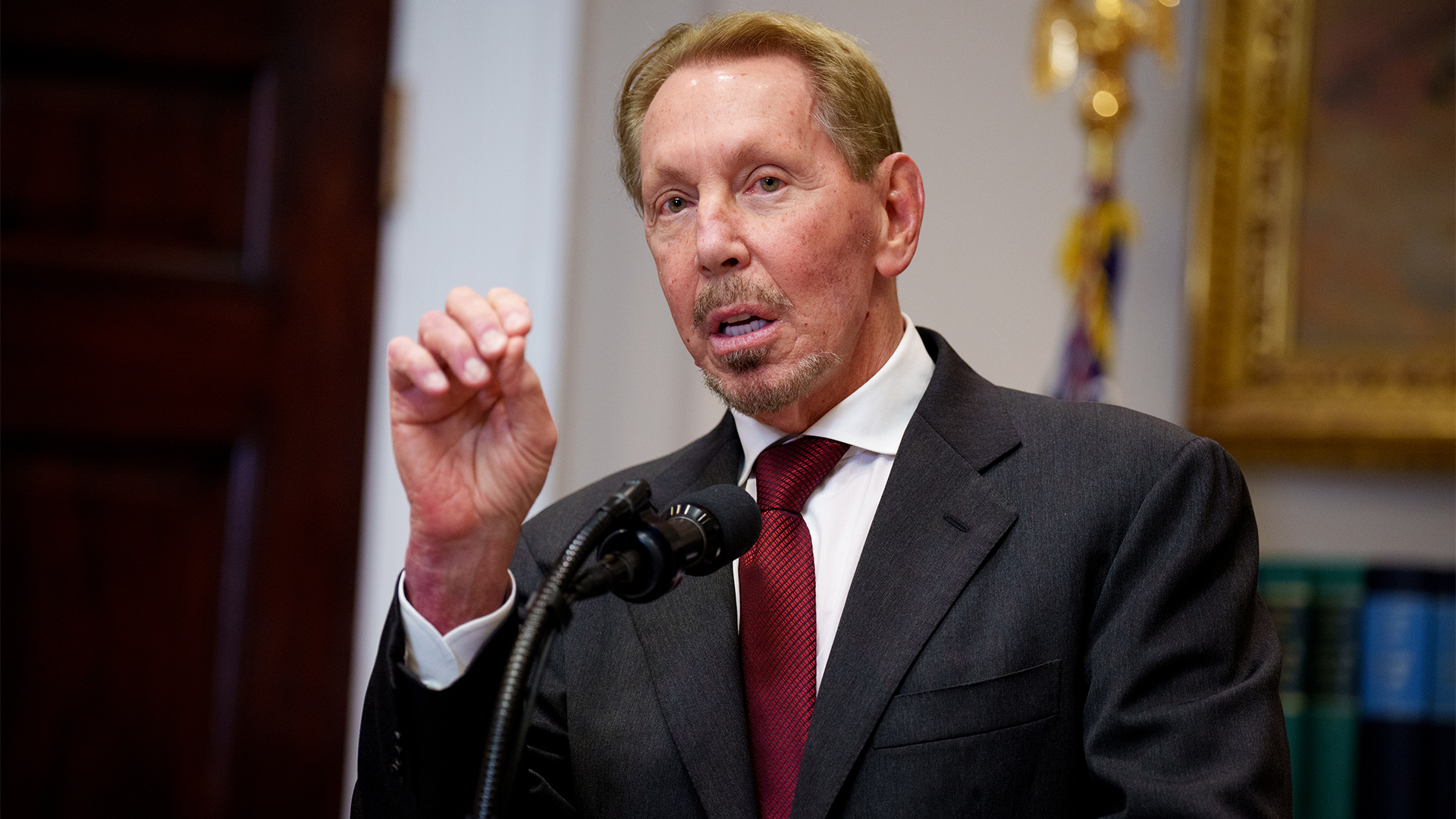 Oracle is reaping the rewards of OpenAI’s compute power spending spree
Oracle is reaping the rewards of OpenAI’s compute power spending spreeNews Blockbuster infrastructure deals have sent Oracle shares skyrocketing
-
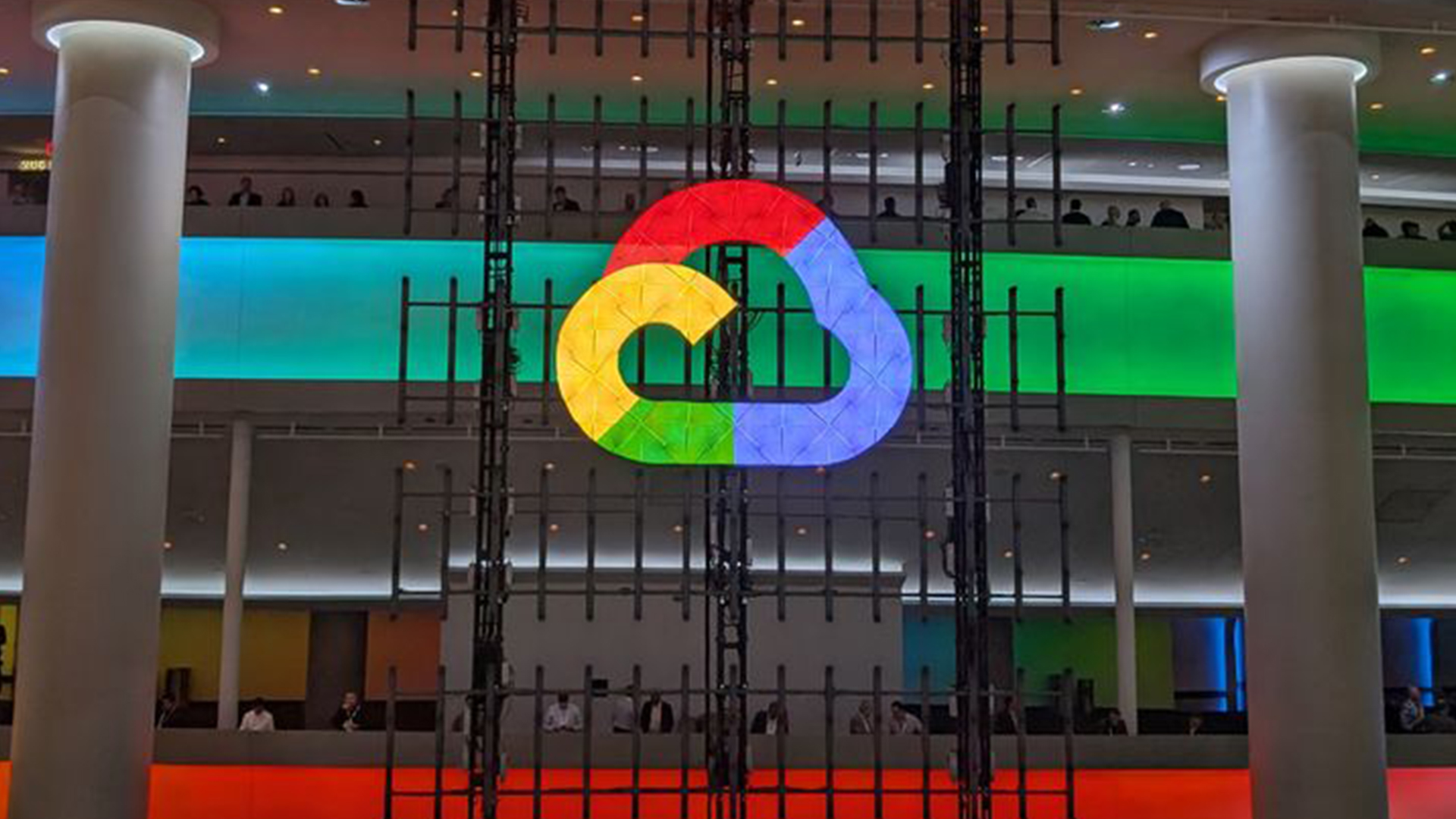 Google Cloud introduces ‘no-cost’ data transfers for UK, EU businesses
Google Cloud introduces ‘no-cost’ data transfers for UK, EU businessesNews Google Cloud's new Data Transfer Essentials service will allow enterprises to transfer data to alternative providers at no extra cost.